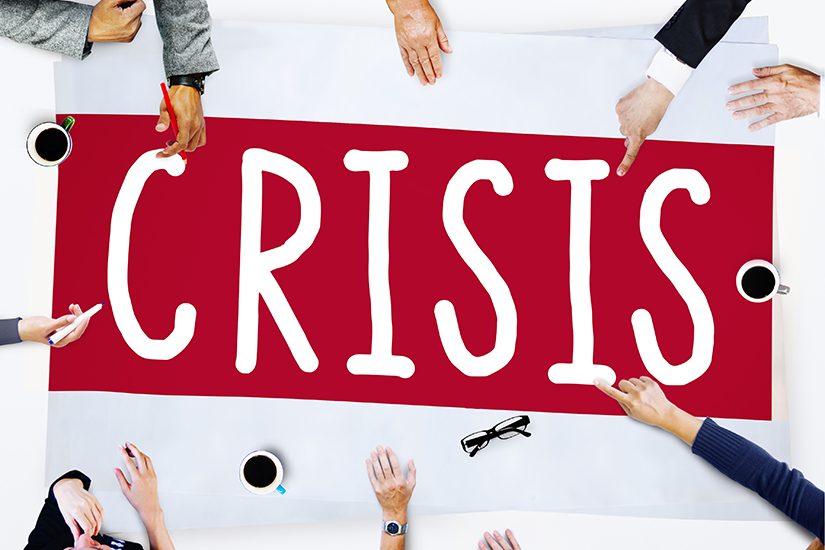Crisis communication planning is the key
- April 4, 2018
- Author: Chuck Norman, APR
- Category: Communication, Crisis communication, Public Relations

Facebook data harvesting. Tesla self-driving car accident. United Airlines dragging a bloodied passenger off a plane.
Remember these crises? You can bet these companies’ leaders – and their customers and stockholders – do. And I’m sure that each of these companies believed they were truly prepared for public-facing crises, only to make a series of missteps and helplessly watch them spiral out of control.
As Mike Tyson once said, “Everybody has a plan until you get punched in the mouth.” I don’t make it a habit to quote Iron Mike, but this statement illustrates what life can be like in the midst of a crisis. Despite the size and stature of the brands referenced above, it’s clear they were not fully prepared for what was to come and were left with a virtual punch in the mouth.
Even if your brand is not a household name, the potential of a high-profile crisis will always be there. How well-prepared your organization is can be just as important as the crisis itself in terms of limiting negative effects on your brand.
So, what would happen if your company had a crisis? Would you be prepared?
There are a variety of things to keep in mind when developing a crisis communications plan. Here are some basic guidelines to ensure you don’t come out of the ring missing part of your ear. (Yes, another Tyson reference!)
Crisis Management Planning
Pre-Crisis Tasks
- Establish a crisis command center and backup location
- Prioritize key contacts and alternatives and keep information updated
- Identify, review and update procedures regularly
- Assess – and reassess – potential issues
- Develop message templates and “standby statements” and keep them current
Response Checklist
- Gather facts
- Make priority notifications
- Activate the command center, schedule briefing (if required)
- Establish lines of authority, develop messaging
- Obtain feedback and adjust responses as appropriate
Post-Crisis Review
- What did we learn?
- What did we do well?
- What could we improve?
- How do we follow up, and who will do it?
- Say “thank you”
We hope these lists jump-start your planning as you consider how to create, manage and lead your crisis communication efforts. If you need assistance, let us know. We will be happy to guide you through the process.
